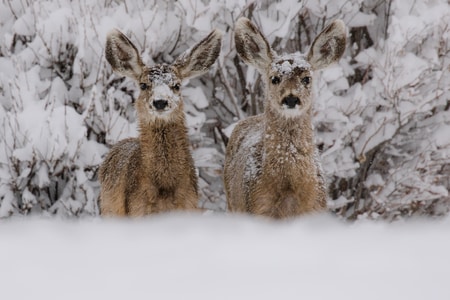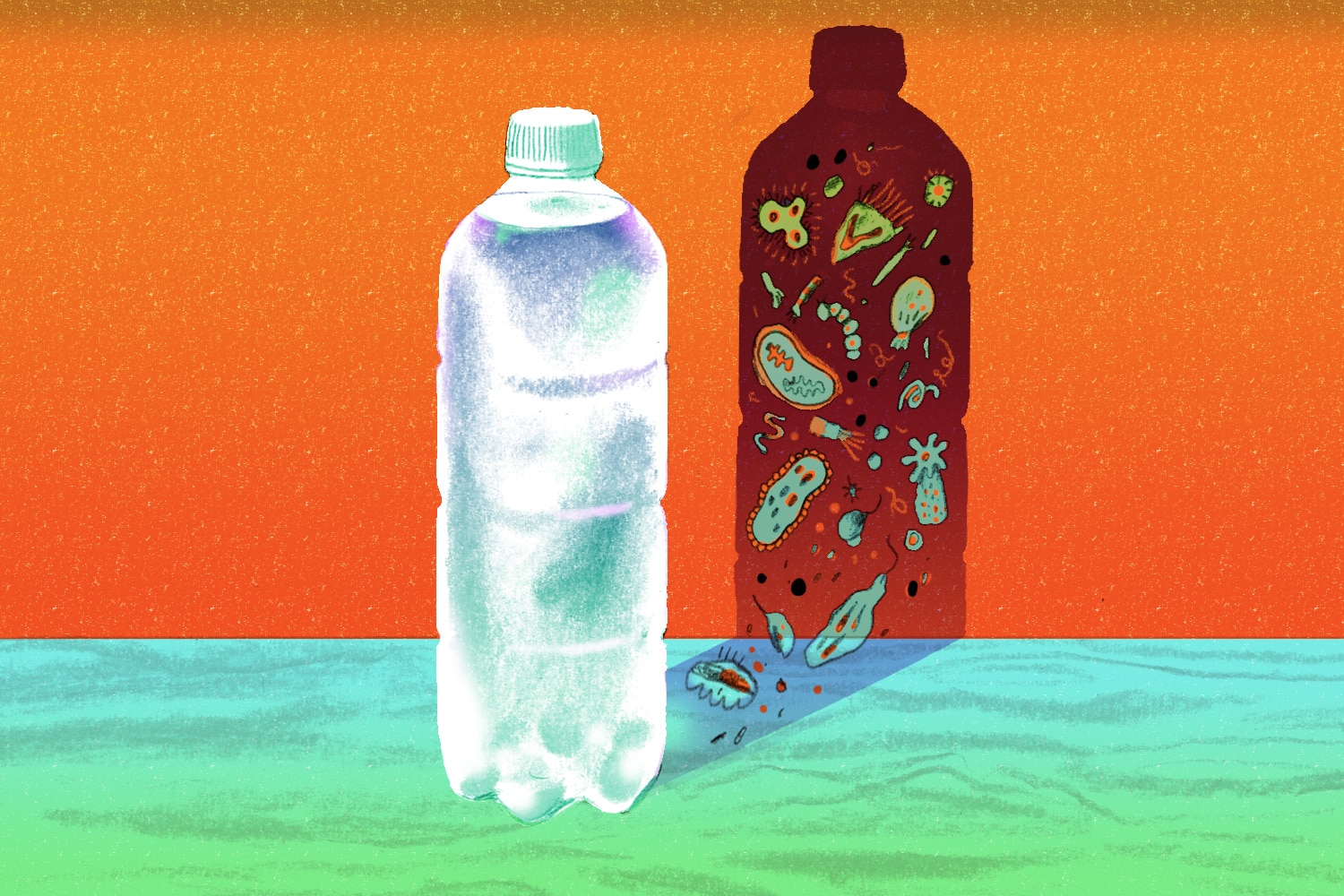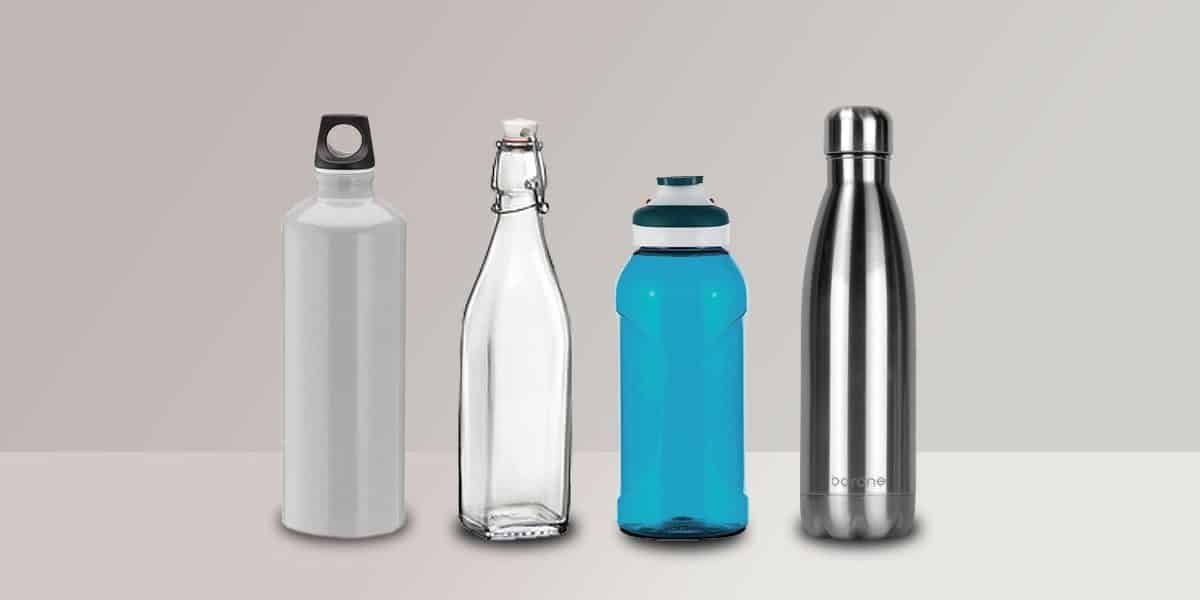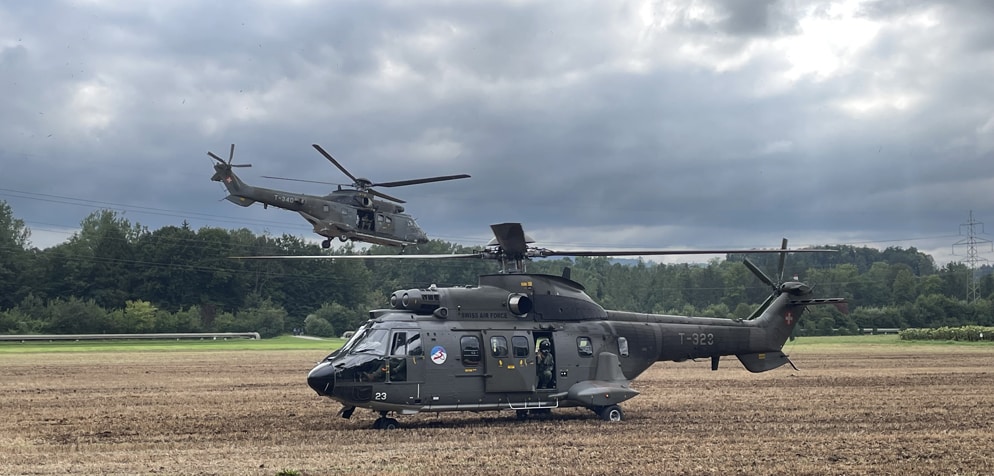5 Tips to Not Disturb Wildlife in Winter
Winter sports are becoming more and more popular and due to the pandemic, even more athletes are growing in the wild. Unspoilt nature draws us to the most remote regions. How does this affect wildlife? Even without human disturbance, wild animals already experience harsh winters to the limit. My father is a hunter and he has made me understand the importance of this subject many times.
Respect nature and wildlife and know your limits.
1. Understand how wild animals survive in winter
Wild animals such as chamois, red deer or ptarmigan stay here even in winter. They have developed impressive methods to survive the long, cold winter months. The goal is always to use as little energy as possible. Cold, snow, little food, but what makes winter so animals? A long period of cold causes body temperature to drop, and falling below that can lead to death by freezing. In winter, there is less food per se, which is then even less nutrient-poor and as soon as there is snow, foraging becomes even more difficult and energy-intensive.
Survival means saving energy for wild animals in winter
If you don’t hibernate, hibernate, or hibernate, you need to persevere and save as much energy as possible. A thick winter coat contributes to optimal insulation. The dense fur protects wild animals so well from the cold in winter that they can be properly snowed and the snow stays on the fur and does not melt. Chamois even change the color of their coat to black in winter, as this way the sun can warm up the body more quickly. In autumn, fat reserves are also created, which serve as insulation and also as an emergency reserve if food is scarce. Another energy-saving measure is the reduction of rumen volume, i.e. the stomach is reduced to accommodate the reduced amount of food. In the case of deer, for example, up to 30%.
However, the most important strategy is to keep energy consumption as low as possible. This is why wild animals barely move around in winter and rest in sheltered places for much of the time.
What do wild animals eat in winter?
Wild animals eat easily digestible foods such as grass, berries, acorns or berries, even in winter. To feed, they go to places exposed to wind or avalanches. This avoids the laborious and exhausting scraping of the forage. If the snow is frozen, it is difficult for wild animals to find food on the ground in winter and so they often nibble on the shoots and buds of trees.
Is it useful to feed wild animals in winter?
No, game and forest are better off without food. The animals developed energy-saving strategies such as reducing the volume of their stomachs. Feeding wild animals in winter will take them out of their winter sleep pattern, consume too much energy, and can become a death trap. In addition, young trees are severely damaged by grazing at feeding sites. In the canton of Graubünden, food is even prohibited by law. So don’t feed any wild animals in winter or summer, they find their own food.
Stress and flight can mean death for wildlife
At -10 °C on average at 2000 m altitude. is the top priority for wild animals in winter: saving energy. Any disturbance that causes stress or the animal to run away consumes a lot of energy. A fleeing chamois uses up to ten times more energy than a stationary chamois. In extreme cold, deer fall into a kind of partial hibernation. In doing so, it allows the body temperature in the extremities to drop to 15°C, lowers the pulse rate and hardly moves. It also allows itself to be swallowed up by snow. If wild animals are highly stressed in such a state, they will flee. This means a huge amount of energy consumption. The deeper the snow, the more energy it takes to escape. The consequences can mean reduced reproductive success, disease, or even death from exhaustion.
“But don’t animals get used to people?”
Yes, but only to a limited extent. If the disturbances are frequent, constant and of the same nature and if avoidance is possible, the animals become accustomed to it. This is the case for signposted and well-frequented routes. Wild animals suspect a possible disturbance and soon no longer react by stress or flight. To be observed when the chamois watch you climb from a safe vantage point.
However, the opposite can also happen. With so-called sensitization, animals feel more and more stressed with each disturbance and flee to greater and greater distances. It may even cause them to abandon the site or area altogether. Wild animals are receding more and more and humans are spreading more and more. This makes it all the more important that we humans play by the rules and respect protected areas.
2. Find out about protected areas and their rules in advance
There are several types of protected areas in Switzerland. The purpose of protected areas is to protect and promote wildlife and their habitats. Respect for protected areas and considerate behaviour are important for the coexistence of wildlife protection and mountain sports. To this end, the association “Nature & Loisirs”, with its members and the support of the Federal Office for the Environment, has launched the campaign “Respect your borders”.
Where can I find the map with the protected areas?
So, before you plan a visit, check out this link on the map. There you can immediately see if your route passes through a protected area. As soon as you click on the colored area, you will receive more information (see image). In the example, you can see the purple snowshoe road that connects two protected areas. The area on the right in yellow is a wildlife protection area and the associated regulations are also posted directly. Access outside the marked trails is prohibited and leashes are mandatory. Here you can find more information about the data, the offline mode of maps and legends on the topic of snow sports.
Which rules apply in which protected area?
national park
- Marked hiking trails and rest areas marked with posts must not be left
- Dogs are not allowed, not even on a leash
- No winter sports (ski or snowshoe tours), bicycles or planes
- Natural objects such as animals, plants, wood or stones cannot be taken away
- No swimming in lakes and streams
- Don’t make a fire
- No overnight stays, not even in vehicles
- Leave no trash behind
- The national park is closed in winter
- Nature must not be changed
Wildlife Reserve and No-Hunting Zones
- Animals must not be disturbed, chased or lured out of the restricted area.
- Dogs must be kept on a leash.
- Free camping and camping is prohibited.
- The operation of civilian unmanned aircraft (such as drones) is prohibited.
- Winter sports outside the marked trails, routes and cross-country ski trails are prohibited.
- Hunting is prohibited.
Wildlife Sanctuary
- Stay on the marked paths and routes in the forest: this is how wild animals can get used to humans.
- Avoid forest edges and snow-free areas: these are the favourite places for wild animals.
- Keep dogs on a leash, especially in the forest: Wild animals shy away from dogs in the wild.
nature reserve
There are different regulations in nature conservation areas. Green signs on site with the owl sign and pictograms provide more information.
3. Correct behaviour on the road
This illustration of the Respect Your Limits Funnel Rule makes it easier for you to behave along the way. There are only a few animals above the tree line, we can move around relatively freely there. The closer we get to a wooded area, the more we restrict our space for movement. On the other hand, forest edges and snow-free areas should be avoided. These are the favorite places for wild animals. Once in the forest, we stick to the designated routes.
We always pay attention to markings such as information signs or road signs and follow the rules listed there. In this way, it is possible for people and animals to enjoy the magical winter landscape together. By complying with these points, we also do not cause further prohibitions and restrictions.
Forest Etiquette
You can find out how to behave properly in the forest in the Walknigge. Ten simple behavioral tips on how to behave when visiting the forest. Take care of nature.
Mountain bike trail rules
There are also rules of conduct for mountain bikers. The MTB trail rules show you how you should behave on the trail. Here you can find out if mountain biking in nature causes long-term damage.
4. Respect your limits
Winter hiking, snowshoeing and skiing are becoming more and more popular. Wildlife habitat in winter is threatened. But we want an unforgettable visit in the solitude of the enchanting winter landscape. Are bans really necessary in this vast landscape? It has enough space for everyone. Yes, they are necessary because unfortunately we do not behave properly. So it’s important that we know the boundaries and respect them. This is the only way for winter sports enthusiasts and wild animals to enjoy nature together and undisturbed. It needs to be rethought. It is not only in protected areas that we should be sticking to the rules. Every winter sports enthusiast needs to rethink. To do this, we need to understand wildlife, know where and when animals are found, and what makes them feel threatened.
5. What should you do if you disturb a wild animal again?
If you spot wildlife during your visit in winter, try to avoid them if possible. If this is not possible, keep quiet and give them time to withdraw.






